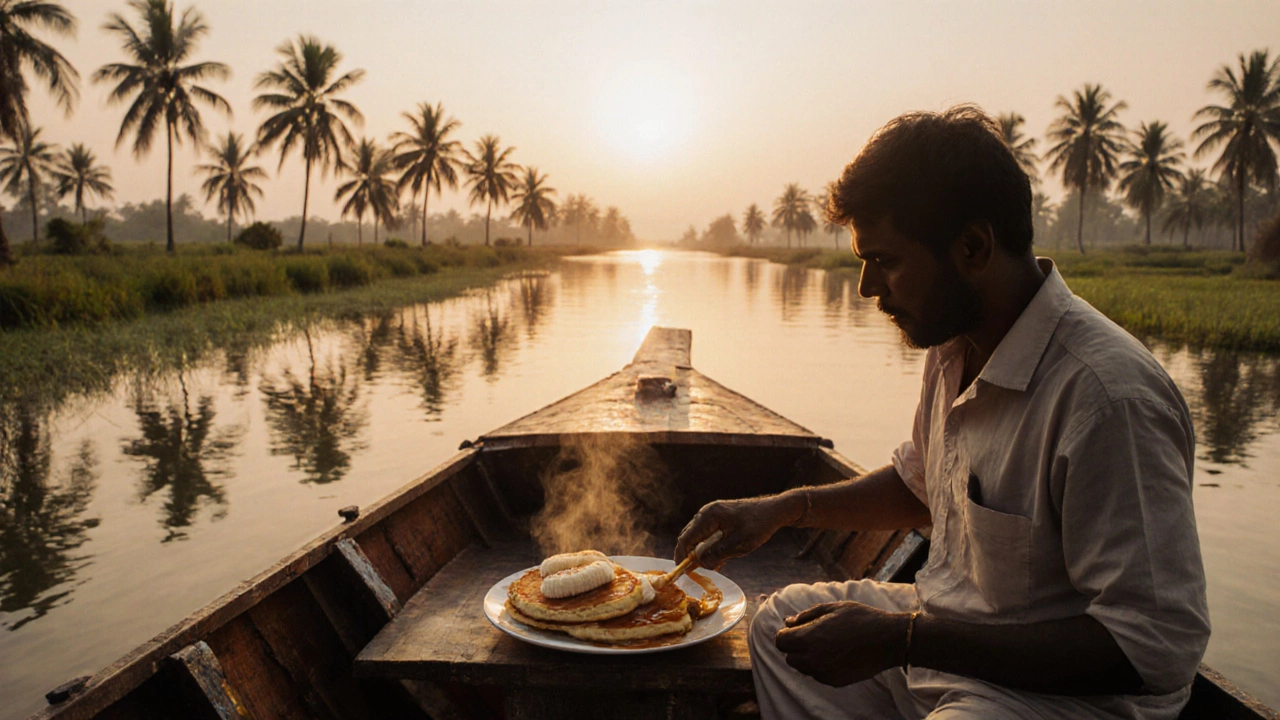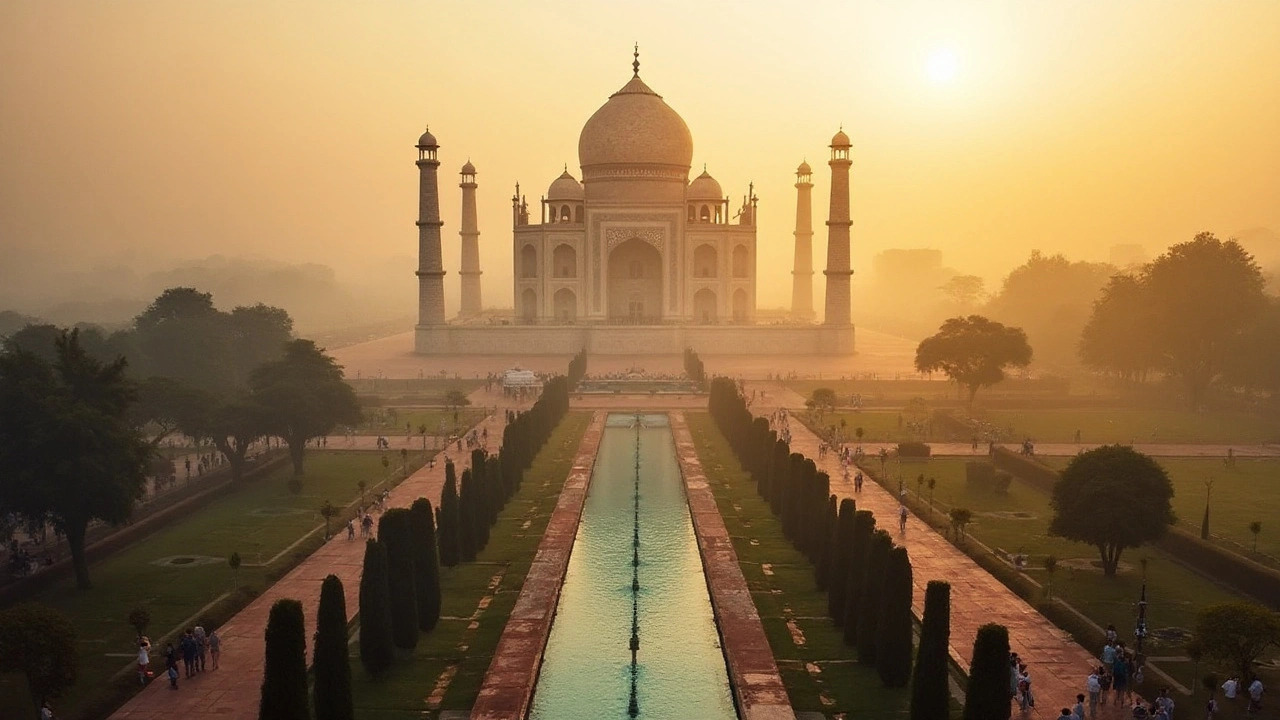SEARCH
India Travel Guide: Practical Tips, Budget Hacks & Must‑See Spots
Thinking about a trip to India? You’re not alone. From the snow‑capped Himalayas to the sun‑kissed beaches of Kerala, the country offers a mix of culture, adventure and flavor that can overwhelm even seasoned travelers. This guide strips away the fluff and gives you the real‑world advice you need to plan, budget and explore confidently.
First off, decide what kind of experience you want. Do you crave mountain trekking, historic city walks, or lazy days on a beach? Your answer will shape everything else – from the best time to go, to where you’ll stay, to how much you’ll spend each day. Below we break down the biggest decision points so you can map a trip that feels personal, not generic.
Plan Your Budget Smartly
Money worries are the biggest roadblock for many travelers. The good news? India is incredibly flexible. A 3‑day weekend in Delhi can cost anywhere from $100 to $400 depending on transport, lodging and meals. Use a simple formula: Accommodation + Food + Local Transport + Activities = Daily Budget. For budget stays, look for guesthouses or hostels – they often charge $10‑$20 per night. Mid‑range hotels sit around $40‑$70, while luxury resorts can top $150.
Food is where you can both save and splurge. Street stalls and local dhabas serve tasty meals for under $3, while fine‑dining in metros may run $20‑$30 per person. If you’re health‑concerned, stick to cooked vegetables, fresh fruit and bottled water – a quick tip is to carry a small sanitizer bottle for utensils.
Must‑See Places & Hidden Gems
India’s UNESCO heritage cities are a safe bet for first‑timers. Delhi, Agra and Jaipur form the legendary Golden Triangle, offering iconic monuments, bustling markets and easy rail connections. If you’ve already ticked those boxes, venture north‑east for Kalimpong’s tea gardens or south‑east for the tranquil backwaters of Kerala.
Beach lovers often compare Lakshadweep with the Maldives. While Lakshadweep lacks the crowd, it boasts crystal‑clear waters, coral reefs and affordable island stays. For a “Mini Maldives” vibe without the flight, head to the Andaman Islands – you’ll find budget bungalows on Havelock Island that rival the luxury on the other side of the ocean.
Safety is another common concern. South Indian states like Kerala and Karnataka rank among the safest for tourists, thanks to low crime rates and hospitable locals. When you land, choose airports that consistently rank high for cleanliness and security – like Delhi’s Indira Gandhi International or Bangalore’s Kempegowda Airport – to start your trip on a smooth note.
Finally, don’t forget the practical details: always carry a copy of your passport, know the local emergency numbers (112 works across India) and keep a small amount of cash in Indian rupees for places that don’t accept cards. Download a reliable offline map app and a translation tool – they’ll save you from getting lost in smaller towns.
With these basics in place, you can build a flexible itinerary that mixes famous landmarks with off‑beat discoveries. Whether you spend a week or a month, India rewards curiosity and smart planning. Ready to pack your bags? The adventure starts the moment you click ‘book’ – now go make those memories happen.

Best First-Time Trip to India: South India Travel Itinerary for First-Timers
Discover the best first-time trip to India through South India's calm temples, backwater houseboats, and authentic food. Perfect for first-timers seeking culture without chaos.
Continue reading
Exploring India's Finest Heritage Sites: A Cultural Odyssey
India is home to a vast array of heritage sites that showcase its rich history and cultural diversity. From opulent palaces to ancient temples, and majestic forts to serene monuments, each site offers a glimpse into the country's storied past. This article delves into some of the most awe-inspiring and historically significant heritage sites in India, highlighting their unique characteristics and cultural importance. Whether you're a history enthusiast or a curious traveler, these destinations promise a journey through time and culture.
Continue reading